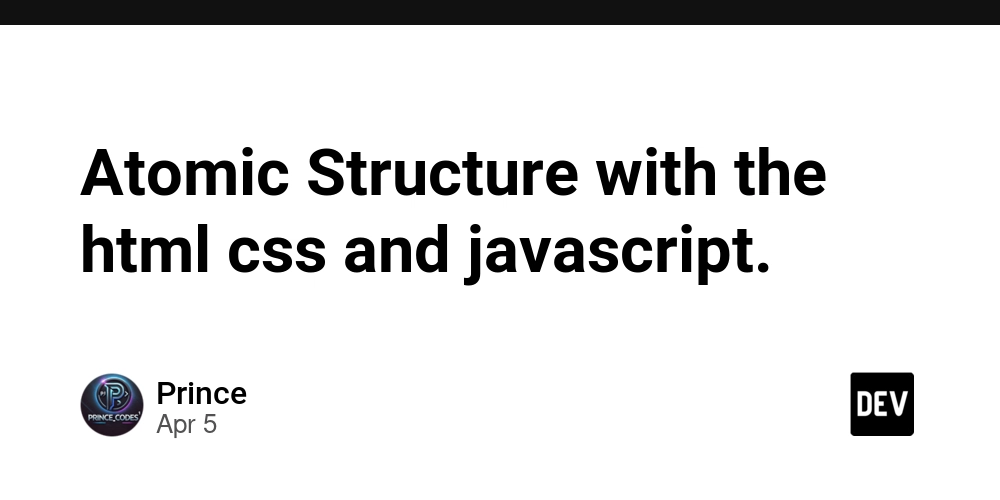Metaclasses in Python – The Power Behind Class Creation
In Python, everything is an object—including classes themselves! But who creates classes? The answer: Metaclasses. Metaclasses define how classes behave. They allow you to: ✅ Control class creation dynamically ✅ Modify class attributes and methods before instantiation ✅ Enforce coding standards or restrictions ✅ Prevent inheritance using metaclasses In this post, we’ll explore: ✔️ What metaclasses are ✔️ How Python classes are created ✔️ How to define custom metaclasses ✔️ Preventing inheritance using metaclasses ✔️ Real-world applications of metaclasses 1️⃣ Understanding Metaclasses: What Are They? In Python, a class is an instance of a metaclass. Just as objects are created from classes, classes themselves are created from metaclasses.

In Python, everything is an object—including classes themselves! But who creates classes?
The answer: Metaclasses.
Metaclasses define how classes behave. They allow you to:
✅ Control class creation dynamically
✅ Modify class attributes and methods before instantiation
✅ Enforce coding standards or restrictions
✅ Prevent inheritance using metaclasses
In this post, we’ll explore:
✔️ What metaclasses are
✔️ How Python classes are created
✔️ How to define custom metaclasses
✔️ Preventing inheritance using metaclasses
✔️ Real-world applications of metaclasses
1️⃣ Understanding Metaclasses: What Are They?
In Python, a class is an instance of a metaclass. Just as objects are created from classes, classes themselves are created from metaclasses.



![[FREE EBOOKS] The Kubernetes Bible, The Ultimate Linux Shell Scripting Guide & Four More Best Selling Titles](https://www.javacodegeeks.com/wp-content/uploads/2012/12/jcg-logo.jpg)



































































